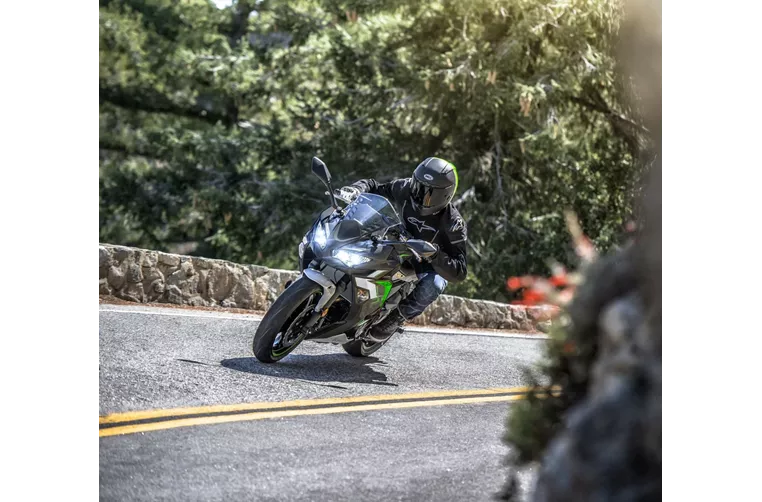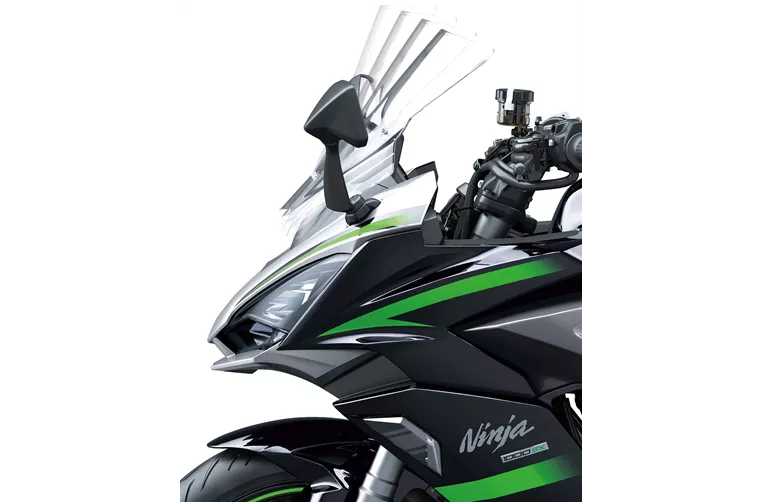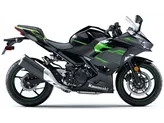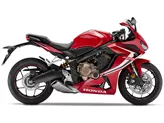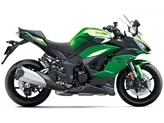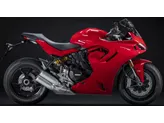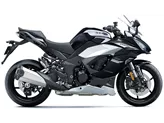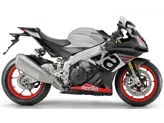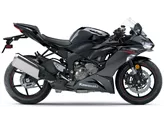Kawasaki Ninja 650 2022 vs. Kawasaki Ninja 1000SX 2020
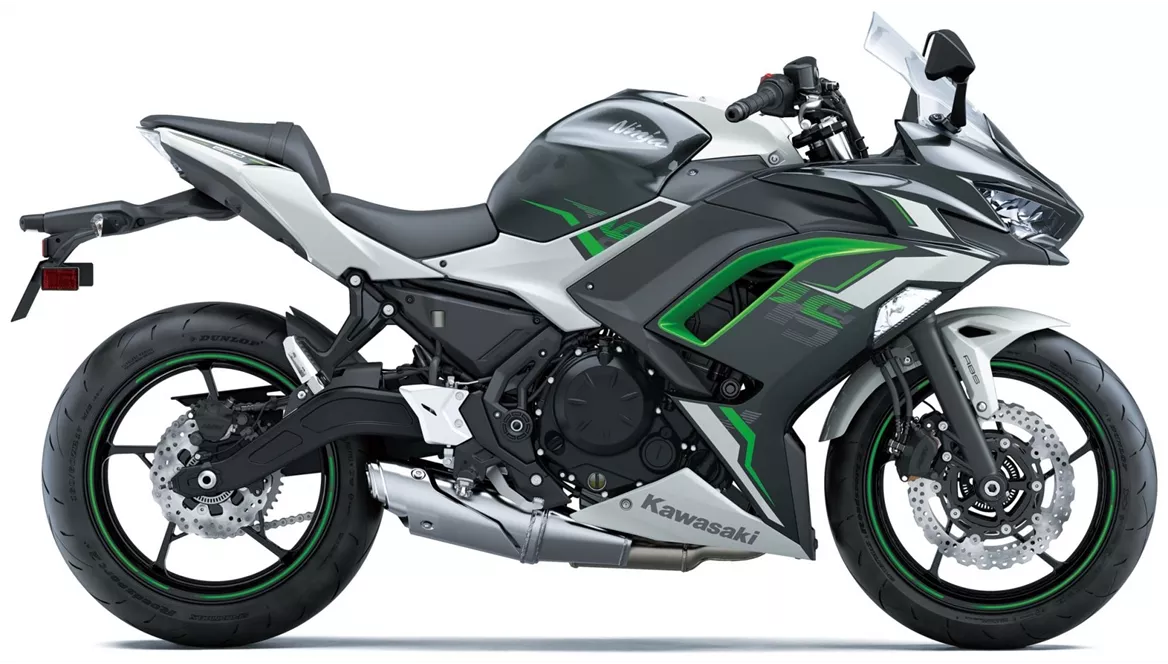
Kawasaki Ninja 650 2022
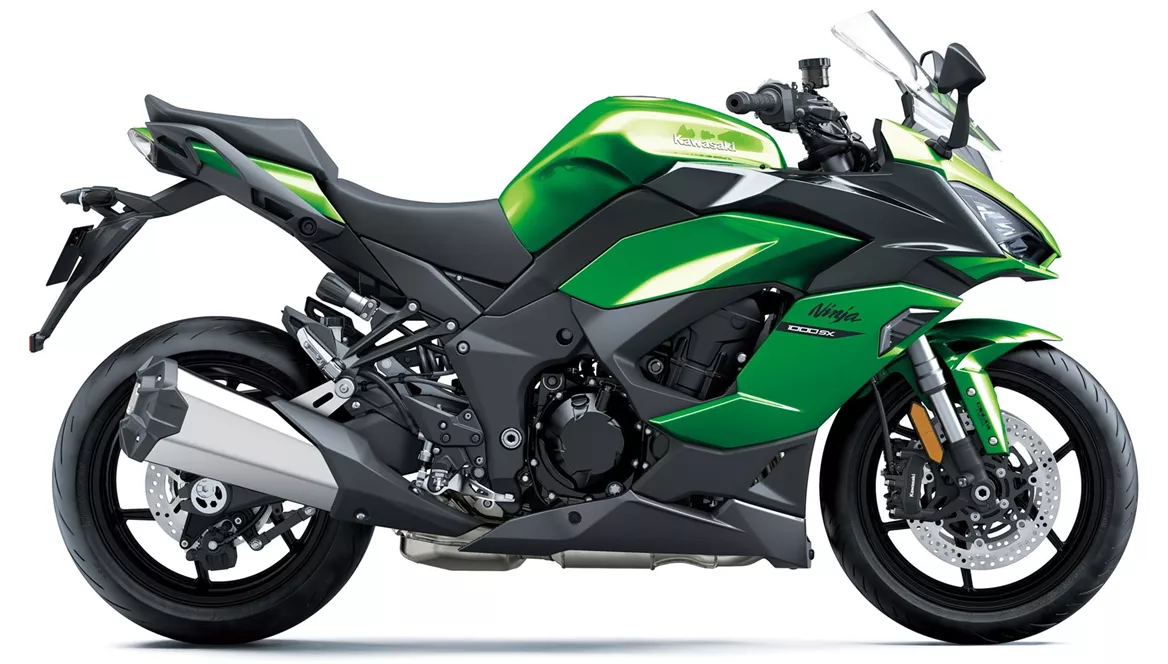
Kawasaki Ninja 1000SX 2020
Technical Specifications Kawasaki Ninja 650 2022 compared to Kawasaki Ninja 1000SX 2020
Pros and Cons in comparison
Pros and Cons in comparison
Kawasaki Ninja 650 2022
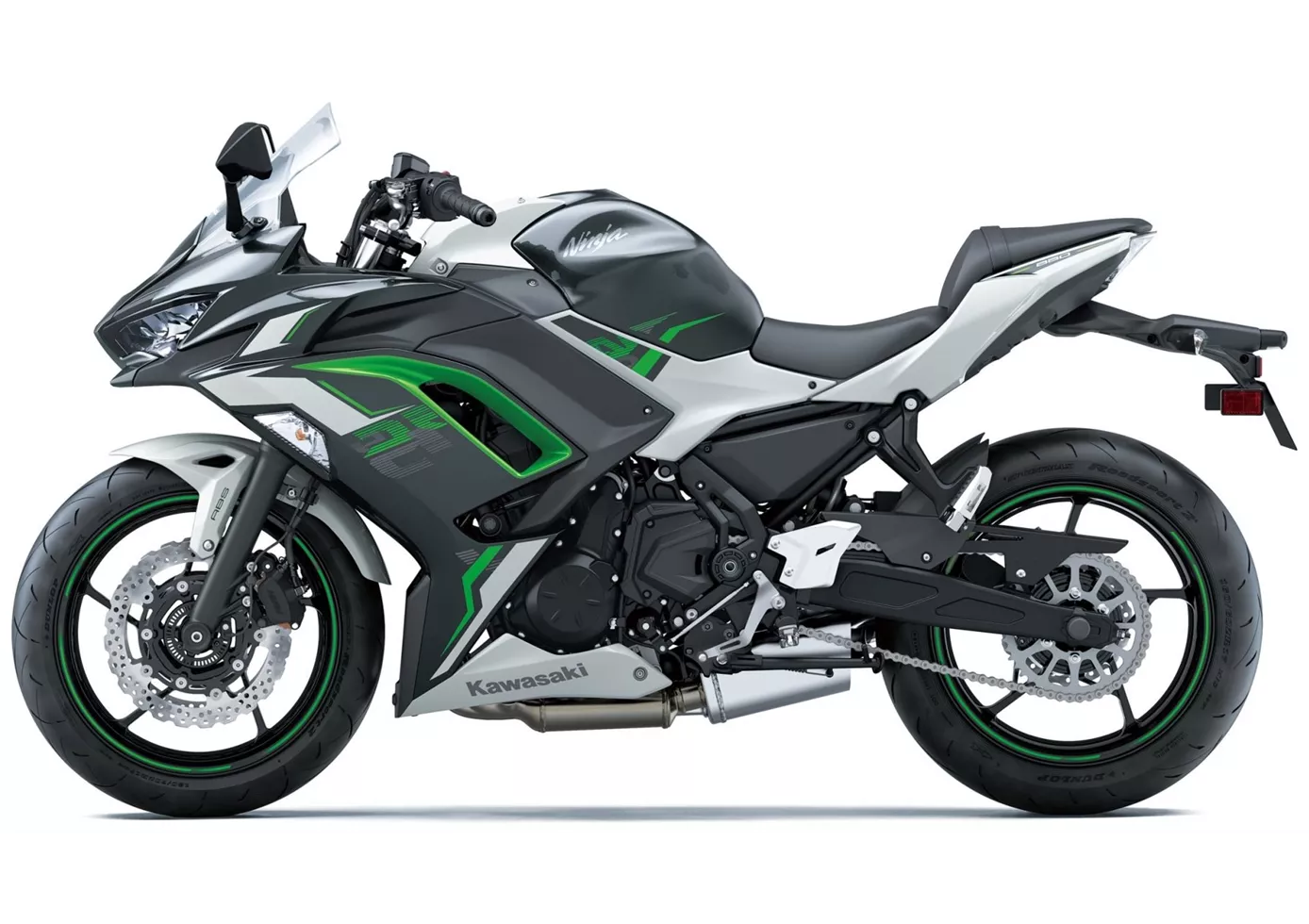
Save the sport tourer! With the Ninja 650, Kawasaki has created an exemplary representative of this class and (hopefully) solved the problem of the new generation. The stable chassis and the decent two-cylinder will delight beginners and advanced riders alike, even at a brisker pace. The front brake is a little too well intentioned, lacking a transparent pressure point despite basically good braking performance. Another plus is the TFT display, which we don't find in the competition at the moment, as well as the grown-up look, which is strongly oriented towards the larger Ninja models.
Kawasaki Ninja 1000SX 2020
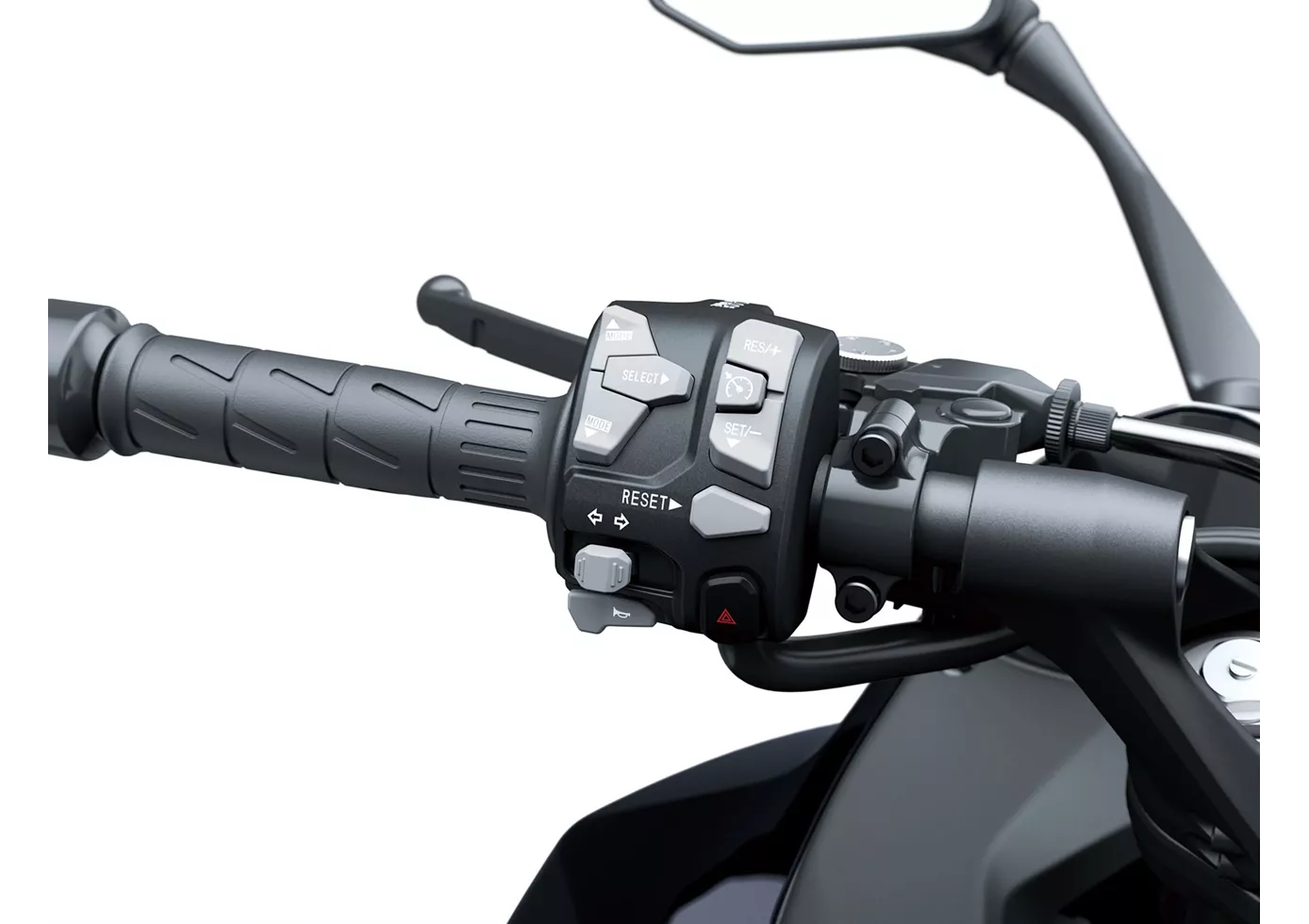
The Kawasaki Ninja 1000SX is more evolution than revolution - but what is the point of reinventing everything in a balanced sports tourer? But the new name is definitely justified, with the many new features made possible by the Ride-by-Wire system, among others, the sports tourer is absolutely up to date. Cornering ABS, modern traction control and riding modes provide safety and adjustment options to personal preferences, the shift assistant favours sport as well as touring. What's more, the price is hot (at least in Austria)!
